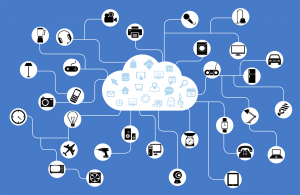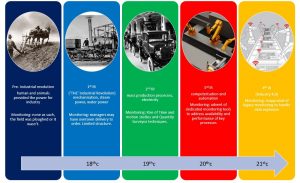IoT, Industry 4.0 and Big Data are here to stay; each bringing new challenges. As an adopter of one or more of these cutting-edge technological innovations, do you:
ServiceNav with its Big Data architecture is ready today to handle the new data challenges posed by IoT and Industry 4.0.
 A succinct, unarguable definition of Internet of Things (IoT) is indeed a rare thing. IoT, could be:
A succinct, unarguable definition of Internet of Things (IoT) is indeed a rare thing. IoT, could be:
For a readily accessible discourse of what IoT ‘might be’ look no further than this article.
However, let’s not get hung up on semantics, and consider what IoT means for us..
Smart Cities – Armed with IoT technology, both buildings and city infrastructure can make the surroundings more comfortable, efficient and safer for the people in them. Traffic systems with sensors able to monitor and control the flow of transport and pedestrians. An example being the use of sensors and GPS to identify vacant parking spaces.
eHealth – In the healthcare environment, both IoT and Big Data exhibit huge potential. Imagine a hospital where new-born babies are given a wristband that can trigger alerts if the baby is taken too close to an exit without permission; and where doors and lifts can be disabled in response to such an event.
Logistics – DHL released a report detailing some potential uses of IoT technology that included vehicle monitoring and maintenance, real-time tracking of packages, environmental sensors in shipping containers, information-gathering on employees and tools, and several safety-enhancing features benefiting both vehicles and people.
Another term entering common parlance is ‘Industry 4.0’. This is the current, logical endpoint of centuries of human development, characterised by the following rather dry definition:
‘Industry 4.0 is a name given to the current trend of automation and data exchange in manufacturing technologies. It includes cyber-physical systems, the Internet of things, cloud computing and cognitive computing. Industry 4.0 is commonly referred to as the fourth industrial revolution.’ [Wikipedia]
A more easily digestible consideration of the topic can be found here.

A concrete example of ‘Industry 4.0’ would be machines that can self-diagnose failures and launch maintenance procedures or automatically request parts for subsequent hands-on repairs.
Faced with such huge volumes of data, and as legacy processing and database architectures fail to make the grade, new technological answers are needed. Big Data, with it’s 5Vs, is the architectural solution to the challenges.